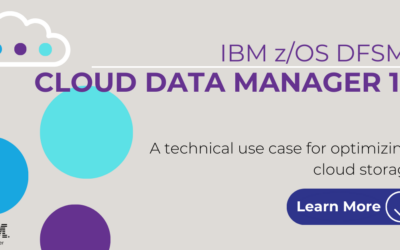As constant change becomes the heartbeat of modern businesses you need a different view of forecasting to make it work. The question is no longer the simple What will happen tomorrow? Now, it is the more complex Given what we did last year and what we are planning to do this year, what might we expect to happen? Expect to tell the stakeholders what you did and what you are going to do, in a language they can understand. Gartner has called this Explainable Artificial Intelligence – how the models draw conclusion and ways to make them actionable by being interpretable and explainable.
Ever since the days of the ancient oracles, through Nostradamus and into modern AI systems, there has been one fundamental question that we have asked. What is going to happen next? Although our means of answering it have gotten more rational – trend-based predictions, Fourier analysis and deep learning AI systems rather than reading the entrails of some poor goat – the accuracy of the predictions does not necessarily improve the results substantially.
All the statistical, mathematical, and computer-based forecasting algorithms derive from one essential, but flawed, assumption – that tomorrow will be like today and yesterday. That the value being predicted follows some sort of regular, well behaved, cycle or path that can confidently be extrapolated into the future. As the chaos of 2020 and Covid-19 has shown us, this is not always the case.
So, when someone comes along and tells you they can predict the future, remember to take their predictions with a grain of salt. Sure, you can predict what will happen in the short term if you keep doing the same as you did yesterday, and demand for your product remains constant. But we know what happens to businesses that keep doing the same thing, day after day, year after year – it’s a going out of business plan! No complicated forecasting needed. Businesses are living entities and need to innovate, mutate, and evolve to stay alive.
The answer is not going to be a nice, clear cut response, either. Most businesses are chaotic systems operating in chaotic environments, so maybe we need to take a feather from the experienced folks who predict the most complex system of all – the weather. Instead of making just one model and taking it as fact, run a couple of dozen with some variation between their starting data, and then look for how well the data matches up. Close agreement means you can be more confident in the result. Low agreement means you are on a cusp and your decisions are even more critical to the future of your business. Use predictive, change-driven analysis to predict where chaos may lead to gain greater insight.



